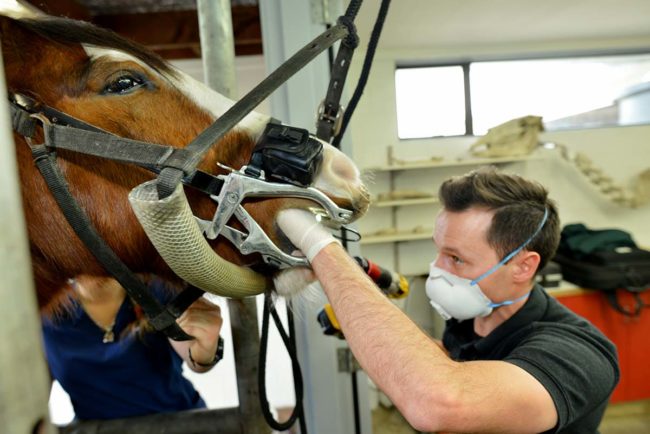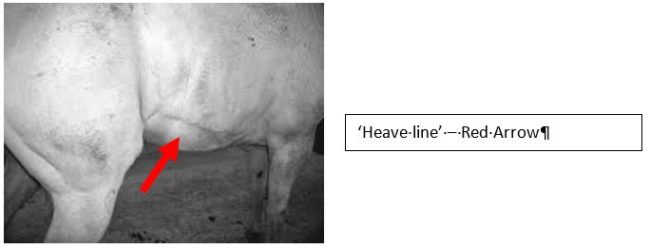Equine focussed veterinary care for Hawke’s Bay
Vet Services Hawke’s Bay is proud to be a locally owned business which has provided over 70 years of trusted animal care in the Hawke’s Bay region. First established in 1949 as the ‘Central Hawke’s Bay Farmers’ Veterinary Club’ the business was renamed Vet Services Hawke’s Bay in 1967 and has continued to grow, improve…







